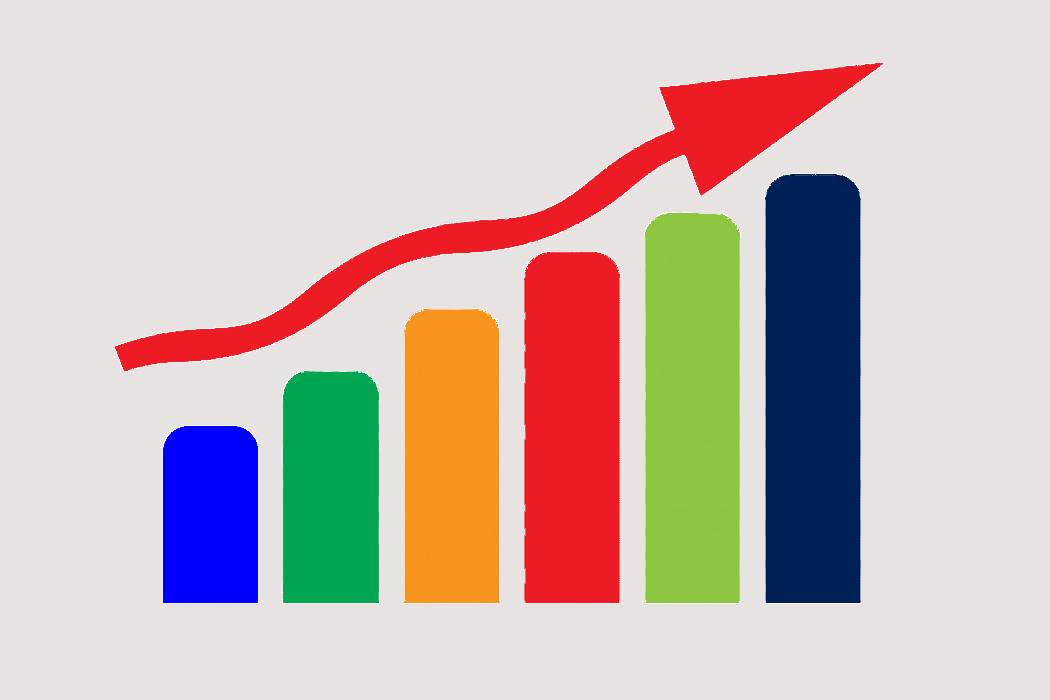Sri Lanka’smerchandise imports increased for the first time since October 2018, by 2.9 percent (year-on-year) to US dollars 1,784 million, driven by higher investmentand consumer goods imports in December 2019, Central Bank announced.
Expenditure on consumer goods importsincreased in December 2019 with increases in both food and beverages andnon-food consumer goods imports.
Accordingly,vegetables (mainly big onions), spices (mainly chillies) and beverages (mainlyalcoholic beverages) imports, categorised under food and beverages, increased.
Meanwhile,most categories in non-food consumer goods imports increased during the month.
Expenditure onpersonal motor vehicle imports recorded a growth on a year-on-year basis forthe first time since November 2018, mainly reflecting the impact of theresumption of personal motor vehicle imports under concessionary permits.
Expenditure on investment goods importsincreased in December 2019 due to higher imports of machinery and equipment andtransport equipment.
The increasein expenditure on machinery and equipment was driven by medical and laboratoryequipment, while expenditure on transport equipment increased with higherexpenditure incurred on railway equipment and commercial vehicles.
However,expenditure on building material decreased due to low imports of mostsubcategories except articles of iron and steel, mineral products, andinsulated wires and cables.
Expenditure on imports of intermediate goodsdeclined in December 2019, mainly as a result of lower expenditure on basemetals such as iron and steel. Expenditure on fertiliser and wheat and maizealso decreased owing to lower import volumes as well as prices.
However,import expenditure on fuel increased during the month mainly due to higherexpenditure on refined petroleum on account of higher average import price andvolume imported despite lower import expenditure on crude oil and coal due tolower import volumes.
Expenditure ontextiles and textile articles also increased, led by higher fabric and fibreimports.
The import volume index increased by 5.0 percent while the unit value index narrowed by 2.1 per cent in December 2019,indicating that the decline in imports was driven entirely by lower prices whencompared to December 2018.
(LI)

